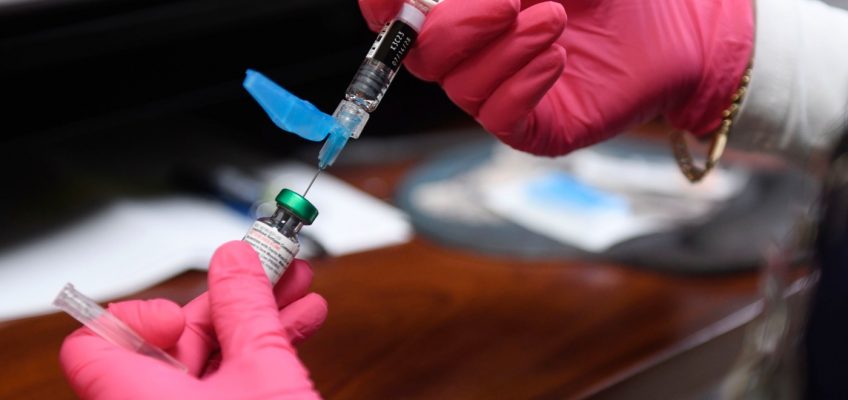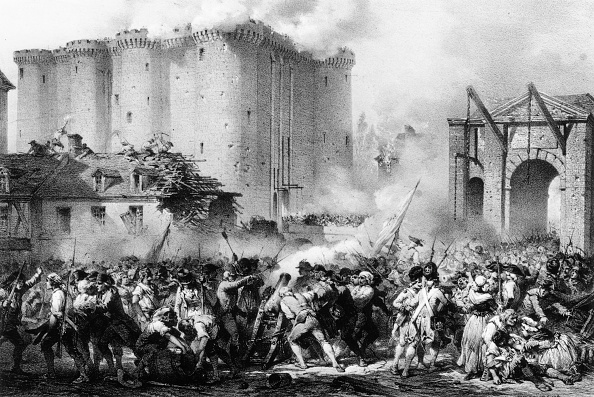Summertime, with the sun high overhead and the longest days of the year, is a time for creativity and inspiration.
Minnesota artists have been hard at work throughout the year with all kinds of mediums — from woodworking to painting to fiber arts to papercraft — and there are plenty of opportunities for art lovers to support their creative neighbors in coming months.
August
The St. Cloud Downtown Alliance will host its fourth Historic Downtown St. Cloud art crawl of 2025 from 4 to 8 p.m. Aug. 15.
Thirty-five venues will host more than 40 participating artists for a stroll through some of St. Cloud’s locally-owned shops, businesses and eateries. From sidewalk displays to art venues to live music, visitors are invited to explore the event.
For more information and an interactive map, visit visitdowntownstc.com/art-crawl.
The 18th annual Arts Off 84 Art Crawl will cap off summer with a fun-filled weekend Aug. 30-31. With more than 100 vendors and six separate sites, spend Labor Day weekend traveling scenic Highway 84 between Pine River and Longville.
Signs along the highway will direct visitors to the six studio locations from 9 a.m. to 4 p.m. both Saturday and Sunday. There are two creation stations for children — at Site No. 1 at Warehouse in Pine River, and at Site No. 6 in Longville — on Aug. 30.
For more information and a map of participating sites, visit artsoff84.com.
Fall into fun with autumn arts crawls
Autumn kicks off with Labor Day, this year observed Sept. 1.
With nearly a dozen arts crawls across the state throughout the next three months — three taking place on the same weekend — art lovers will have plenty of opportunities to find that perfect piece to add to their collection.
September
Vergas will play host to the third annual Back Roads Art Studio Crawl on Sept. 20, where visitors will have the chance to take a drive along Otter Tail County’s backroads and enjoy the fall colors in between stops at artists’ studios.
For more information, visit the event organizer’s website at vergascommunityclub.com/pages/vergas-events.
At the end of September, Minnesotans on the state’s eastern border will have the opportunity to explore three separate arts crawls.
The southwest Minneapolis suburbs will once again play host to the Edge of the Big Woods Art Wander self-guided studio tour, which will take place Sept. 26-28 in Waconia, Mayer, Chaska, Carver, Victoria, Norwood Young America and Cologne. There will be 24 artists taking part in the 2025 studio tour, which will feature 19 locations for its 14th annual event.
Studios will be open 1 to 6 p.m. Friday, 9 a.m. to 5 p.m. Saturday, and 11 a.m. to 4 p.m. Sunday.
Printed brochures with maps are available at Unearthed Arts Gallery in Waconia, all three Mocha Monkey locations, the ACCC Arts Center in Victoria and Re/Max in Chaska.
Brochures will also be available at all studios during the tour or you can download the brochure online at artwander.com/studio-map.
Along Lake Superior, visitors and residents alike are invited to travel the 20-mile stretch between Duluth and Two Harbors for the 14th annual Lake Superior 20/20 Studio and Art Tour, which this year will feature 19 stops and 53 artists/small businesses Sept. 26-28.
Studio locations will be open 10 a.m. to 6 p.m. Friday and Saturday, and from 10 a.m. to 5 p.m. Sunday.
Brochures will be available at all studio sites, or may be accessed online at lakesuperior2020.com.
Those headed further north are invited to take part in the 2025 Art Along the Lake studio tour that same weekend and stretching into October, with locations from Tofte to Grand Portage to the Gunflint Trail.
The ten-day self-guided arts crawl will take place Sept. 26 through Oct. 5, and features 25 stops and 31 individual artists. Visitors are invited to spend time with each host and guest artist, and take in the seven participating gallery spaces in Grand Marais.
The event is run by Cook County Creatives, a nonprofit in Grand Marais, which took over the annual studio tour in 2024. For more information and a map of the participating locations, visit artalongthelake.com.
October
The 21st annual Studio ARTour will take place Oct. 4 and 5 in Northfield, Dundas and Faribault, offering visitors and residents the opportunity to visit 15 studio spaces over the weekend.
Artists will have ceramics, paintings, jewelry, textiles, glass, wood and metal artwork available for perusal and sale from 10 a.m. to 6 p.m. Saturday and 10 a.m. to 5 p.m. Sunday.
Some studio spaces will be open from 4 to 8 p.m. Friday as well; check the website for details at studioartour.com.
Artists on the western edge of the state will greet the first weekend of October with open arms, as the annual Meander Upper Minnesota River Valley Arts Crawl takes place Oct. 3-5.
Forty-two artists will set up in 32 locations throughout Big Stone, Chippewa, Lac qui Parle, Swift and Yellow Medicine counties from noon to 6 p.m. Friday, 9 a.m. to 6 p.m. Saturday, and 9 a.m. to 4 p.m. Sunday.
For a map or a printable brochure of the 2025 Meander locations, visit artsmeander.com.
St. Paul’s own Fall 2025 Art Crawl will be held Oct. 10-12, citywide. Galleries and artist lofts in the Lowertown, West 7th, West Side and other neighborhoods will open to visitors.
For more information, visit stpaulartcollective.org/fall-2025-st-paul-art-crawl/.
The St. Cloud Downtown Alliance will host its fifth Historic Downtown St. Cloud art crawl of 2025 from 4 to 8 p.m. Oct. 17.
Dozens of participating artists will set up displays at downtown locally-owned shops, businesses and eateries. From sidewalk displays to art venues to live music, visitors are invited to explore the event.
For more information and an interactive map, visit visitdowntownstc.com/art-crawl.
November
Literary calendar for week of July 13
Readers and writers: A terrific novel and strong memoirs, all from Minnesota authors
Hitting a rock brings Manitoba fishing trip to a grinding halt
‘What makes a team win?’ 10 things a Woodbury podcaster learned from local leaders
Skywatch: Lyra weaves quite a tale
The second weekend of November will kick off with the annual Art Attack open studio event at the Northrup King Building in northeast Minneapolis from Nov. 14 to Nov. 16.
With four floors of artwork and gifts available to browse, visitors are invited to meet the artists, find unique pieces and get some shopping done, in addition to the opportunity to try their hand at interactive activities.
For more information, visit northrupkingbuilding.com/events/art-attack.




